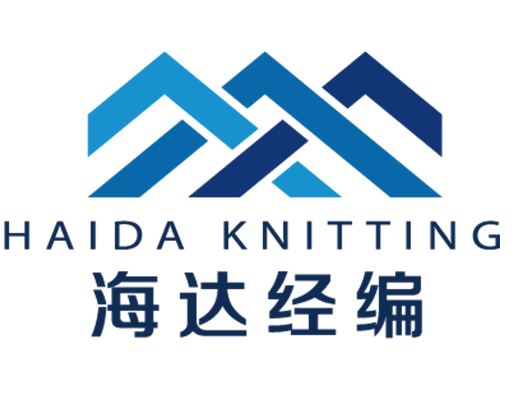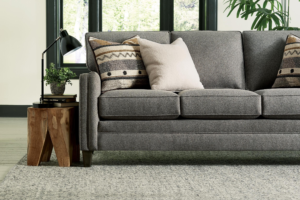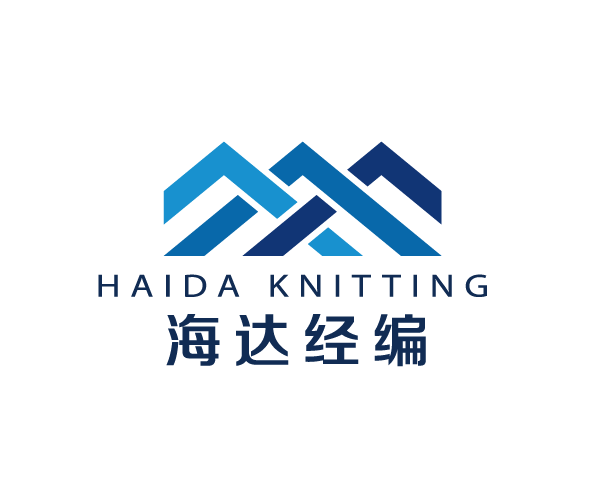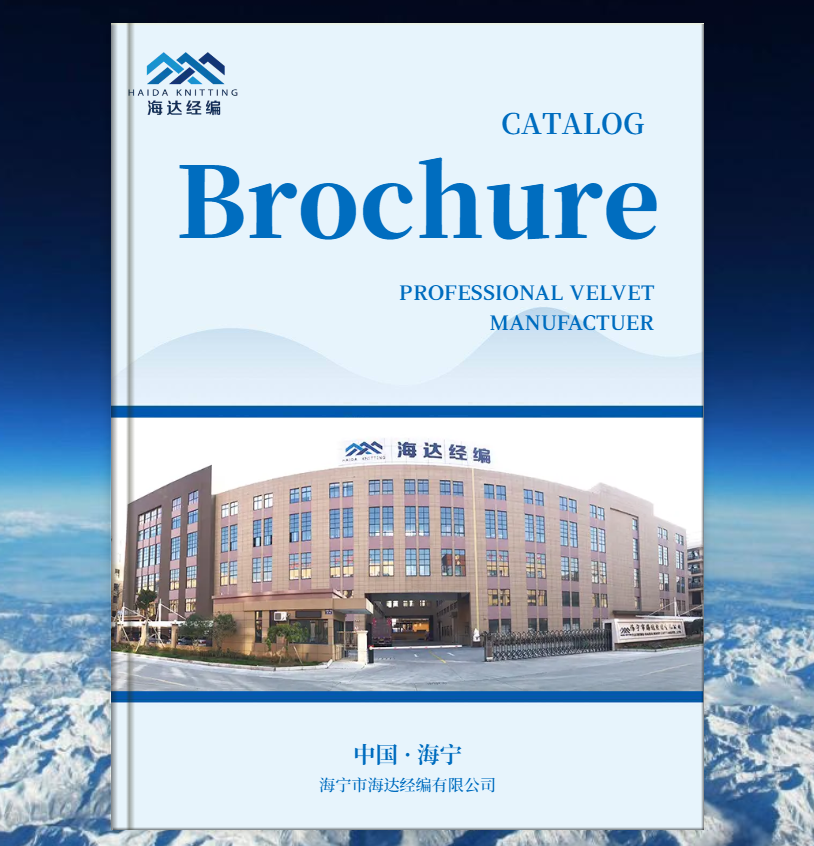Choosing the best fabric for a sofa set involves a delicate balance of style, durability, comfort, and maintenance. The fabric you select should align with your lifestyle, aesthetic preferences, and how much traffic your sofa will experience. There are numerous fabric options, each with its distinct advantages and potential drawbacks. This article will guide you through the various fabric choices to help you make an informed decision that suits your needs.
1. Leather
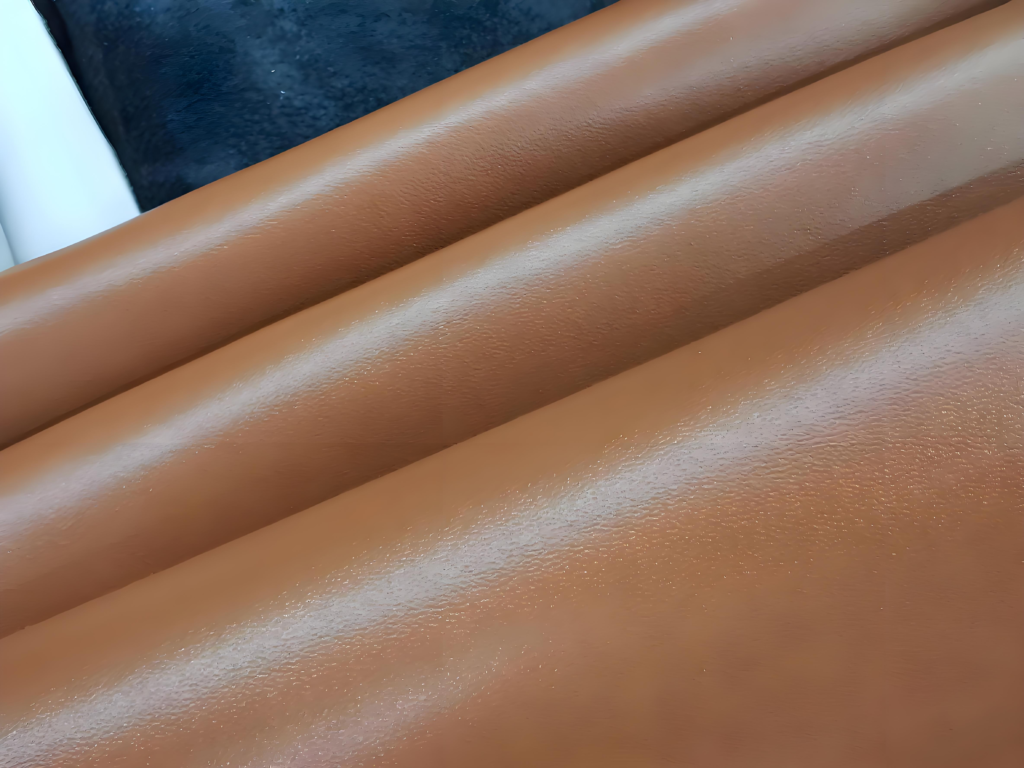
Leather is often regarded as the epitome of luxury when it comes to sofa fabrics. It offers a timeless and sophisticated look that ages beautifully over time.
Advantages:
- Durability: Leather is one of the most durable sofa fabrics. It can withstand wear and tear from daily use and tends to look better as it ages.
- Ease of Maintenance: Cleaning leather is relatively simple. A damp cloth can usually remove spills, while regular conditioning can keep the material soft and prevent cracks.
- Hypoallergenic: Leather doesn’t trap allergens such as dust, pet dander, or pollen, making it ideal for households with allergy sufferers.
Disadvantages:
- Cost: Leather tends to be one of the more expensive options, both in terms of initial cost and maintenance products.
- Temperature Sensitivity: Leather can feel cold in winter and warm in summer, making it less comfortable without added cushions or throws.
- Prone to Scratching: While durable, leather can be easily scratched, especially by pets.
2.超细纤维
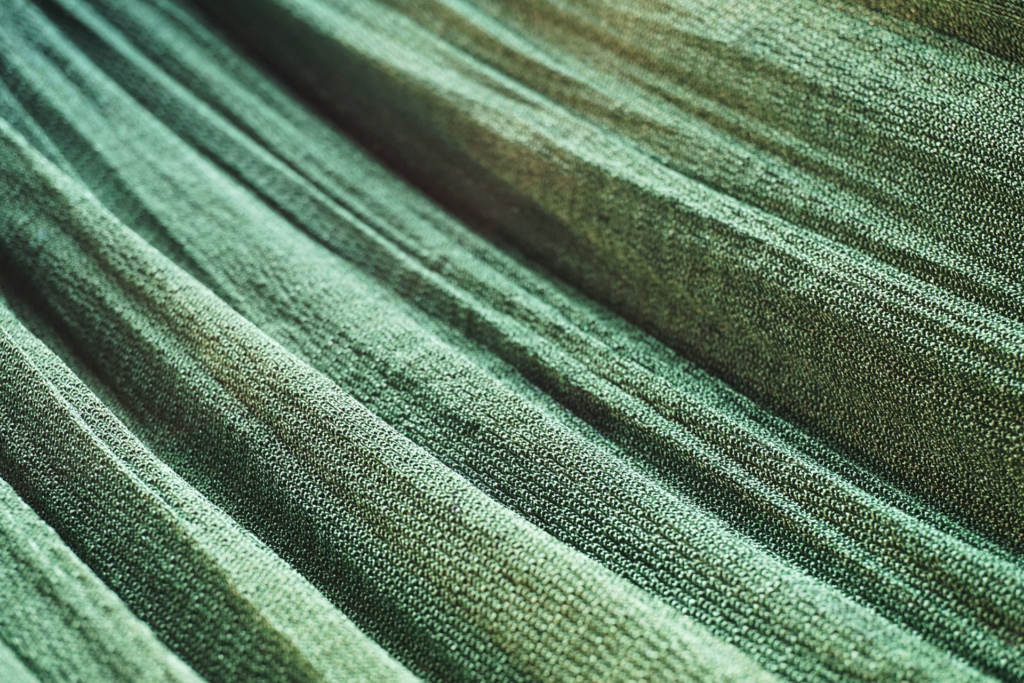
Microfiber is a popular choice for households with children and pets due to its stain resistance and durability.
Advantages:
- Durability: Microfiber is extremely durable and resistant to wear and tear, making it perfect for high-traffic areas.
- Stain Resistance: This fabric is known for its ability to resist stains, making it ideal for families with young children or pets.
- Comfort: Microfiber has a soft, plush feel that is incredibly comfortable for lounging.
- Affordability: Microfiber is usually more affordable than leather and other natural fabrics.
Disadvantages:
- Static Electricity: Microfiber tends to generate static, which can attract dust and hair.
- Appearance Over Time: While durable, microfiber can develop a shiny, worn appearance over time in high-use areas.
- Lack of Breathability: Microfiber doesn’t breathe well, which may make it uncomfortable in warmer climates.
3. Cotton
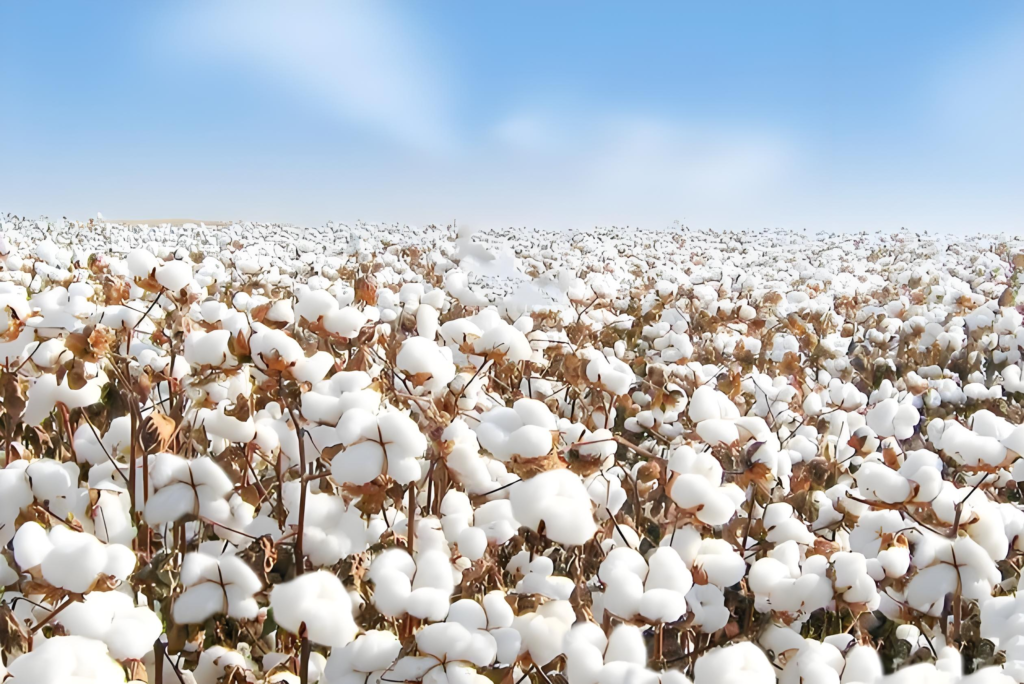
Cotton is a versatile and highly breathable fabric that is widely used for sofa sets. It comes in a variety of patterns and textures, allowing for more customization in terms of style.
Advantages:
- Breathability: Cotton is a natural fiber, which allows air to circulate, making it a great option for hot climates.
- Comfort: Cotton is soft and comfortable, ideal for everyday use.
- Affordability: Cotton is generally affordable, and it comes in a wide range of price points depending on the weave and quality.
- Variety: Cotton comes in numerous colors, patterns, and weaves, allowing for endless customization possibilities.
Disadvantages:
- Wrinkling and Fading: Cotton is prone to wrinkling and can fade over time, especially when exposed to sunlight.
- Stain Susceptibility: Unless treated, cotton is highly susceptible to stains and can be difficult to clean.
- Less Durability: Cotton tends to wear down quicker than other fabrics like microfiber or leather, especially in high-traffic areas.
4. Linen

Linen is another natural fiber that exudes elegance and simplicity. It’s a breathable fabric, perfect for a light and airy look.
Advantages:
- Aesthetic Appeal: Linen has a unique, relaxed look with a natural texture that adds an effortless elegance to any room.
- Breathability: Like cotton, linen is breathable, making it ideal for warm climates.
- Sustainability: Linen is derived from the flax plant, a sustainable and environmentally friendly resource.
Disadvantages:
- Wrinkles Easily: Linen is notorious for wrinkling, which can make your sofa look less tidy over time.
- Stain Prone: Linen is not as stain-resistant as other fabrics, which can make it harder to maintain.
- Requires Professional Cleaning: Linen is delicate and often requires professional cleaning to maintain its appearance.
5. Velvet

Velvet is a luxurious fabric choice that adds a sense of opulence and sophistication to any living space.
Advantages:
- Luxurious Aesthetic: Velvet’s plush and rich texture gives a sofa an opulent look, making it a centerpiece in any room.
- Softness: Velvet is one of the softest fabrics available, providing maximum comfort.
- Color Depth: Velvet’s texture allows for rich, vibrant colors that don’t fade as easily as other fabrics.
Disadvantages:
- High Maintenance: Velvet is more challenging to clean and maintain, as it can easily collect dust and requires regular upkeep to prevent wear.
- Durability: While beautiful, velvet is not as durable as other fabrics like microfiber or leather. It may not hold up as well in high-traffic areas or homes with pets and young children.
- Cost: Velvet tends to be on the more expensive side, both in terms of initial purchase and maintenance.
6. Polyester
Polyester is a synthetic fiber that has gained popularity in recent years due to its affordability and resilience.
Advantages:
- Affordability: Polyester is one of the most cost-effective fabrics for sofa sets, making it an excellent choice for budget-conscious buyers.
- Durability: Polyester is resistant to fading, wrinkling, and abrasion, making it a durable option for long-term use.
- Stain Resistance: Polyester blends are often treated to be stain-resistant, making them a practical choice for families.
- Low Maintenance: Polyester is relatively easy to clean and maintain, often requiring just mild soap and water for most spills.
Disadvantages:
- Less Comfortable: Polyester is less breathable than natural fibers like cotton or linen, which can make it feel less comfortable over time.
- Pilling: Some polyester fabrics may pill over time, especially in areas where friction is common.
- Aesthetic: While functional, polyester lacks the luxurious look and feel of fabrics like velvet or leather.
7. Chenille
Chenille is a fabric known for its softness and texture, often used for cozy, plush sofa sets.
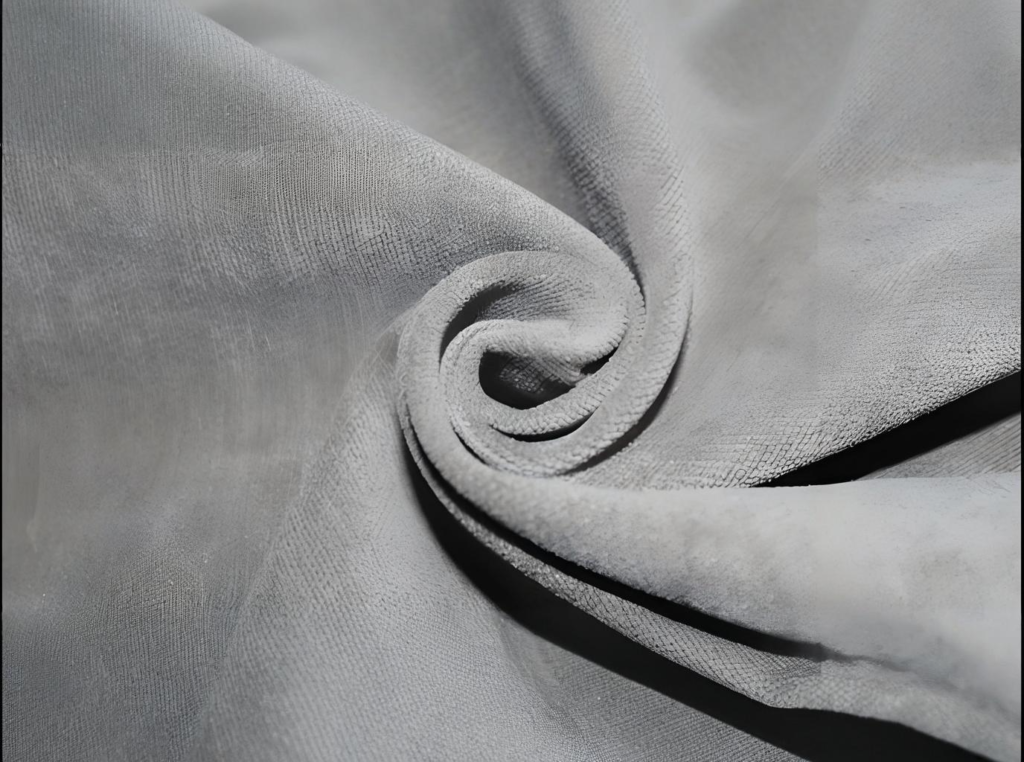
Advantages:
- Comfort: Chenille is incredibly soft and comfortable, perfect for lounging and relaxing.
- Textured Appeal: Its textured surface adds depth and character to a sofa, giving it a more inviting look.
- Durability: Chenille is fairly durable and can withstand everyday wear and tear.
Disadvantages:
- Difficult to Clean: Chenille can be challenging to clean, as its textured surface can trap dirt and dust.
- Fading: The fabric is prone to fading, particularly when exposed to direct sunlight.
- Prone to Snagging: Chenille’s raised texture makes it more susceptible to snagging, especially in homes with pets.
8. Wool
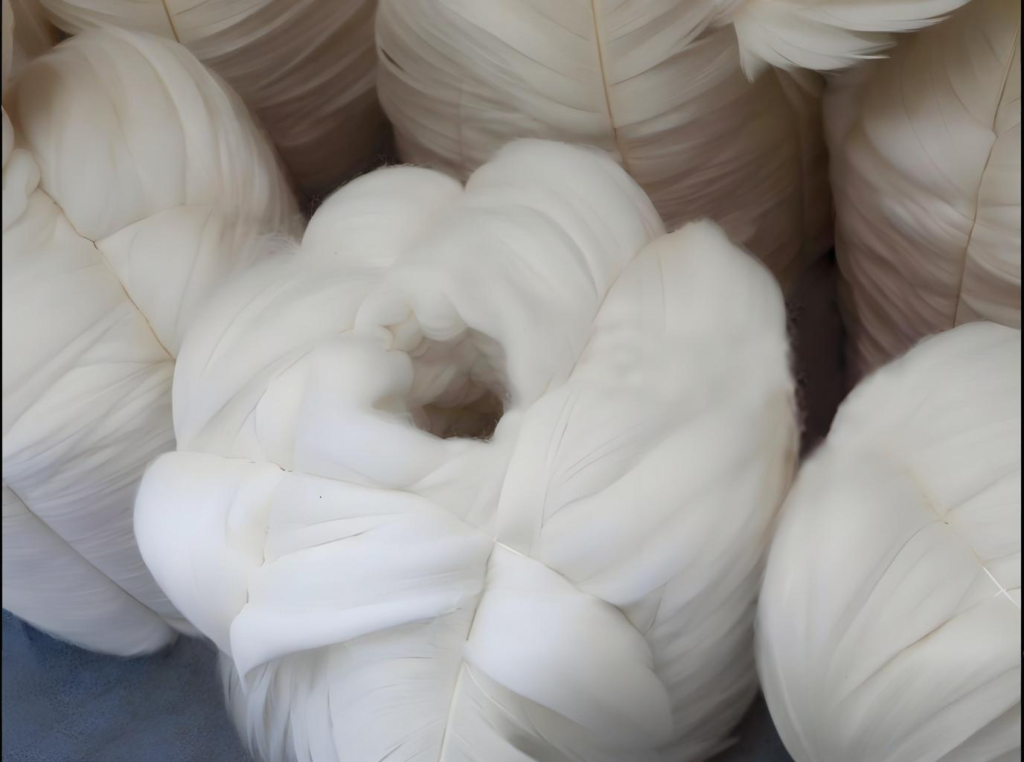
Wool is a natural fiber that is incredibly durable and can provide a rustic, warm aesthetic to any living space.
Advantages:
- Durability: Wool is highly durable and can withstand heavy use, making it ideal for high-traffic areas.
- Stain Resistance: Wool has a natural resistance to stains, which makes it easier to maintain compared to other fabrics like cotton or linen.
- Insulating Properties: Wool is warm and cozy, making it perfect for colder climates.
Disadvantages:
- Cost: Wool tends to be more expensive than synthetic or blended fabrics.
- Maintenance: Wool requires special cleaning methods, such as dry cleaning, to maintain its appearance.
- Scratchy Texture: Some types of wool can be slightly scratchy, which may reduce comfort if the sofa is intended for everyday use.
Conclusion: Which Fabric is Best for You?
Choosing the best fabric for a sofa set ultimately depends on your specific needs and lifestyle. Here’s a quick guide to help you decide:
- For durability and a timeless look, leather is an excellent choice.
- Microfiber is perfect for families with children and pets due to its stain resistance and easy maintenance.
- If you’re looking for a natural, breathable option, consider cotton or linen, though you’ll need to be mindful of stains and wrinkles.
- For a luxurious, high-end aesthetic, velvet or chenille can add a touch of elegance, though they require more maintenance.
- If you’re on a budget, polyester offers durability and low maintenance at an affordable price.
No matter which fabric you choose, consider how it will be used, who will be using it, and how much time you’re willing to spend on maintenance.
